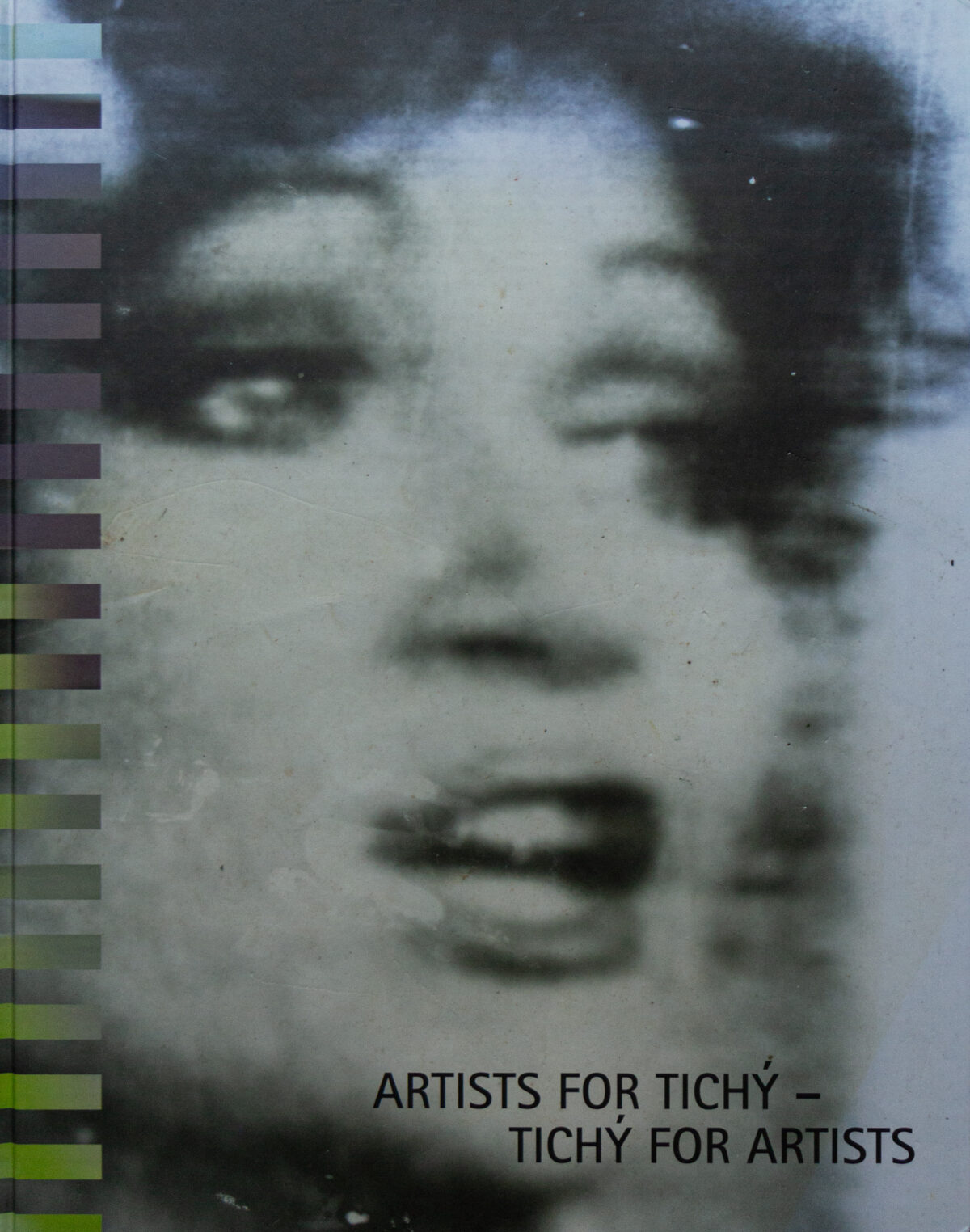Artists for Tichy, Tichy for artists. Museum Moderner Kunst
At the focus of this network-like exhibition project is the extraordinary artistic figure of Miroslav Tichy with his extensive photographic oeuvre. A continuously expanding project has grown up around him during the past few years, initiated by Roman Buxbaum and Adi Hoesle under the aegis of the “Tichy ocean” foundation.
The idea behind the undertaking is to exchange artistic contributions from established as well as lesser-known artists with Tichy’s works and present them to the public in the exhibition context.
Now 80 years old, Tichy completed academic training as a painter and draftsman in his youth and has lived a secluded life ever since in a small Moravian village in today’s Czech Republic, working primarily in the medium of photography from the 1960s to the 1990s. His refusal to conform to the demands of the Communist regime coupled with a rebellious attitude earned him years in psychiatric institutions, followed by a self-chosen inner emigration. Living on the fringes of society, isolated from social and cultural contexts – a self-sufficient lifestyle reminiscent of that described in Henry David Thoreau’s
“Walden” – he managed to find his individual and artistic freedom, creating an original body of photographic work of high formal quality.
His favourite themes include spontaneously “recorded” female figures he encountered in public places, restaurants and cafés, at the market or sunbathing, as well as landscapes and depictions of young people.
The comings and goings of passers-by, figures lost in reverie, people who either consciously pose or are startled to find a camera lens pointing their way – Tichy always manages to capture “magic moments,” both from closeup and far away. Tichy’s “frozen”, fixed world reveals to us unconventional backdrops and unusual perspectives, most of them in the form of blurry, veiled photographic poems from a bygone age. Group shots give way to portraits of couples, but mostly it is the isolated individual that catches the photographer’s eye. There are thousands of photographs here, portraits of human life created over the course of decades without the artist (and probably those portrayed as well) ever imagining that his private archive of photographic records would one day be presented to the public. By now, however, his works have in fact been exhibited several times, not least because they bear the striking and unmistakeable signature of their maker, providing an endless source of fascination for a variety of reasons for both curators such as Harald Szeemann and art dealers such as Matthias Arnat (who was the first to show me Tichy’s work, in 2002), along with a whole series of artists.
The spontaneity of these images is dictated on the one hand by the photographer’s use of cameras without a viewfinder – self-made apparatus constructed of cardboard boxes, food tins, eyeglass lenses, etc. – with which he “shoots from the hip”, often unnoticed by his subject. The second factor contributing to the photographs’ unstudied look is the way Tichy deliberately ignores the lighting situation. The pictorial composition (choice of frame, tonality) is determined later on in the course of the photochemical development process in Tichy’s dark room, as is the manual finishing and painting of the passepartout and the expressive reworking of the photo subject, which, taken together, lend the works their unique aura.
The celebration of the moment, which Tichy captures on film with stunning immediacy, apparently simply in passing, brings home the transience of this instant in time, conveying deep insights into the joys and tragedies of life. The protagonists in his photos seem to almost freeze into “figurines of the past” (Bernd Busch). Time appears to come to a standstill in these photographic testaments, giving them the flavour of a “memento mori”.
The photograph as evidence of a captured trace of light emitted by formerly existing constellations of reality represents an attempt to hold fast forever to a moment in time that is bound to be irrevocably lost. The snapshot in particular, as practiced by Tichy, embodies the absolute unrepeatable moment in its most concrete and unstaged form. His photographic method resembles that of the diarist, the difference of course being that the latter is always involved in a retrospective process. Tichy by contrast reacts directly to what he sees – not unlike in the filmed diary of Jonas Mekas – i.e. in candid shots that therefore authentically record the moment of occurrence.
Hans-Peter Wipplinger
Director
